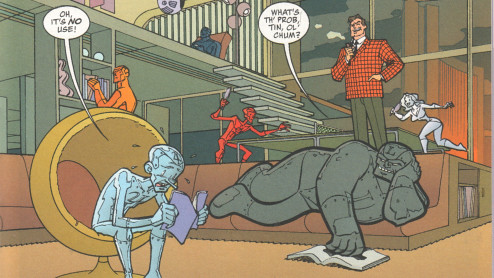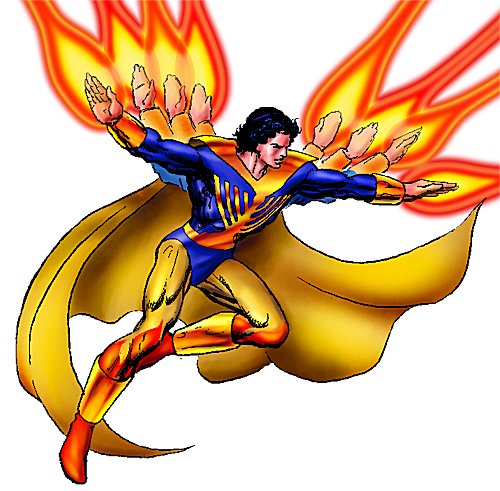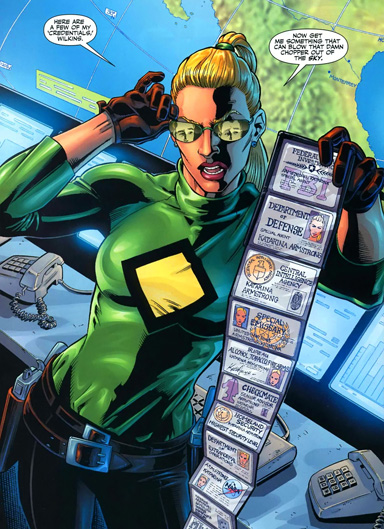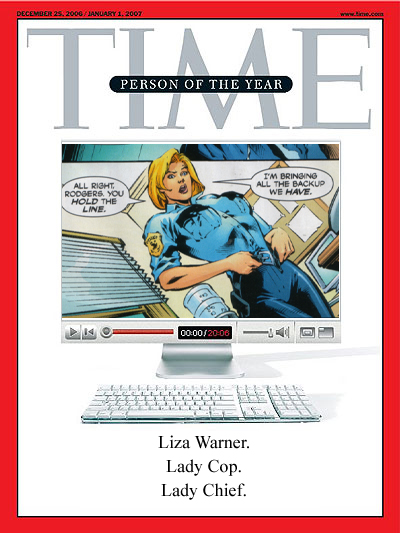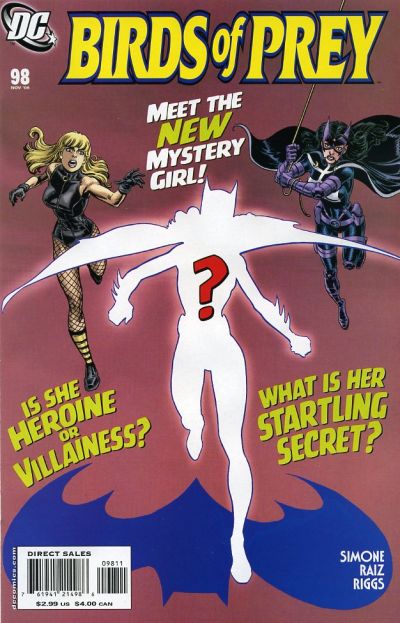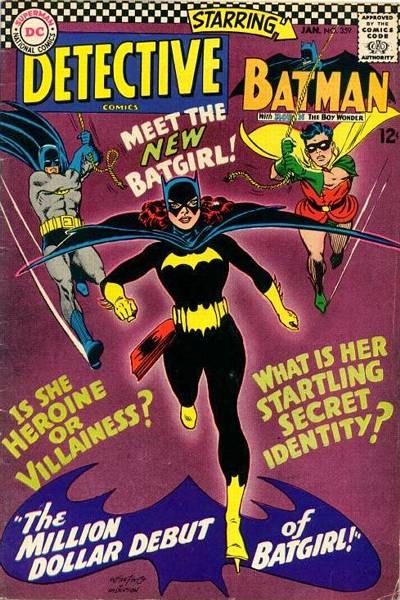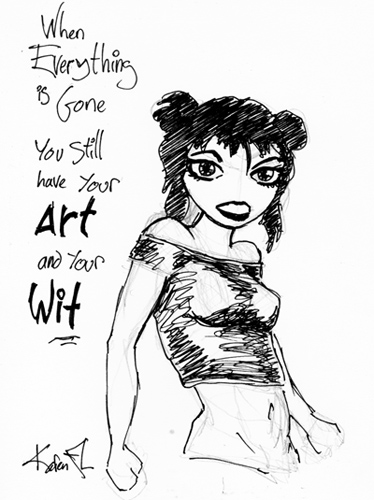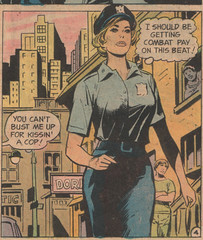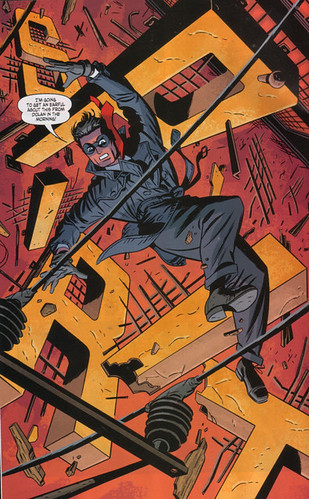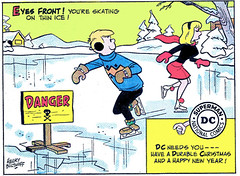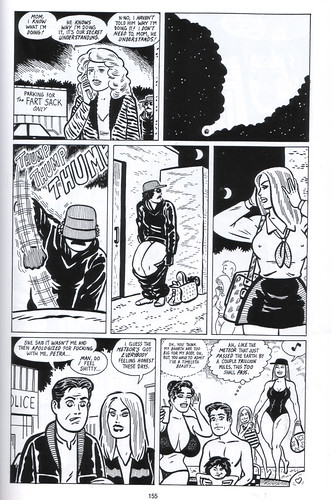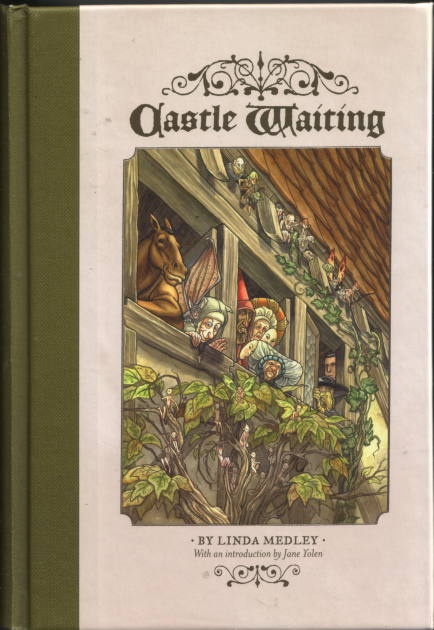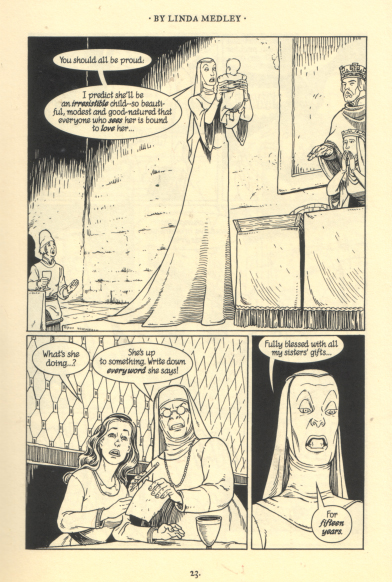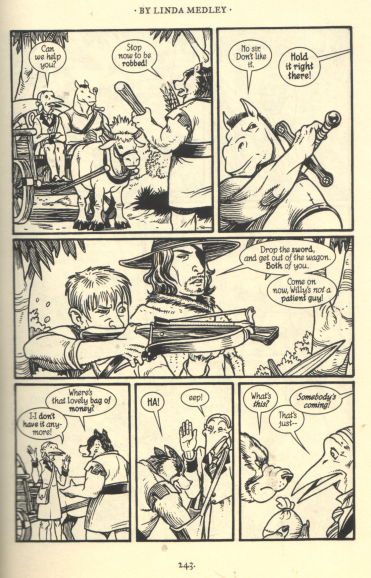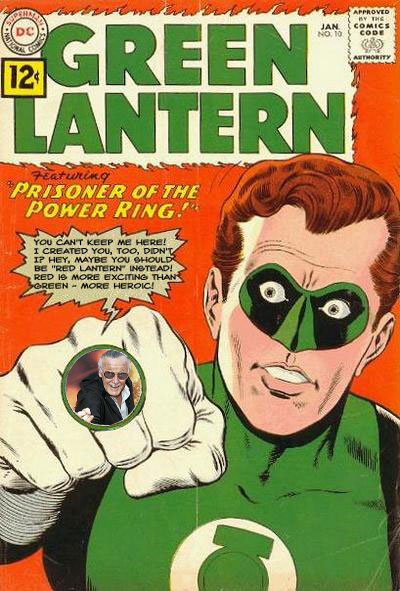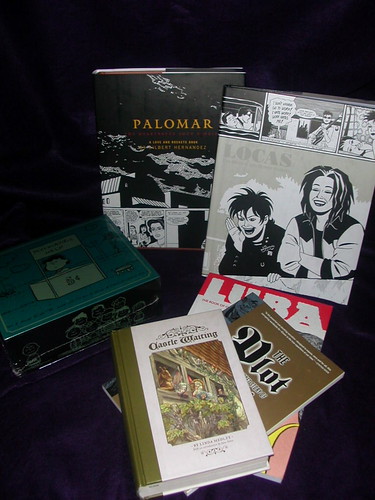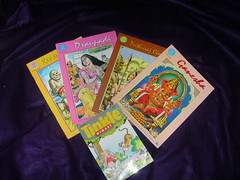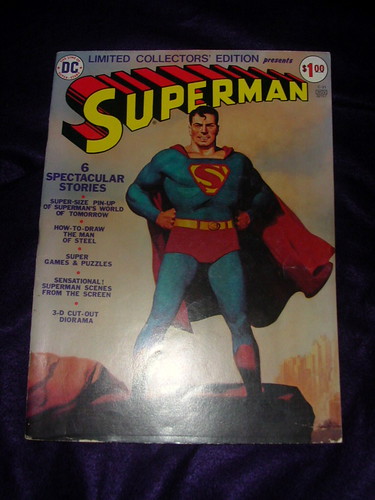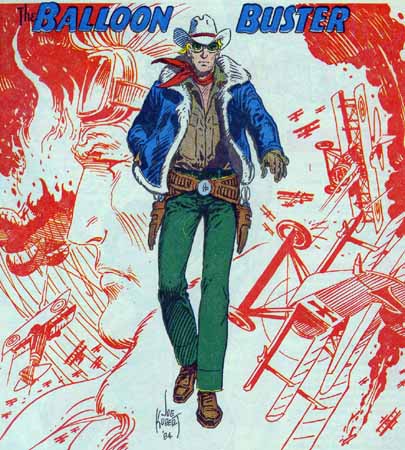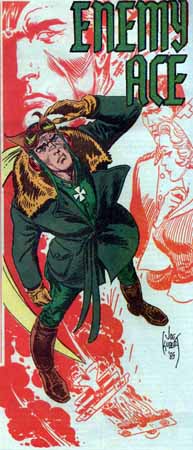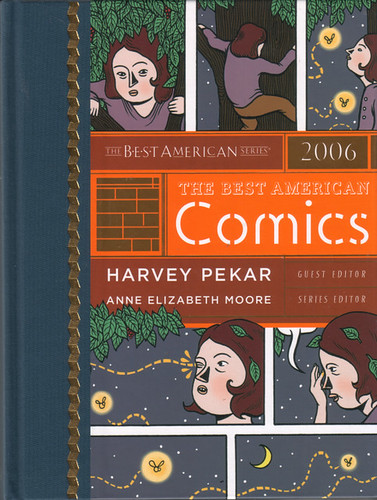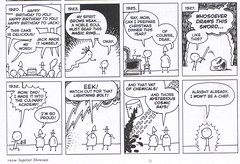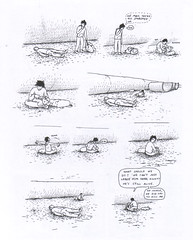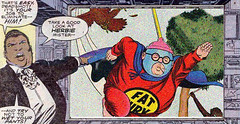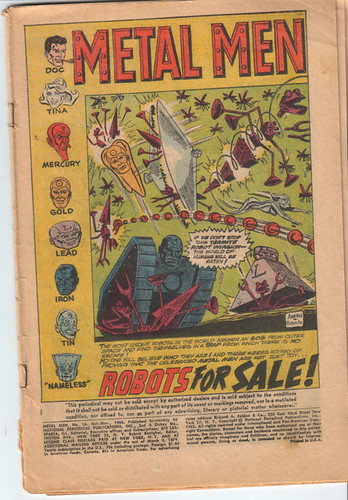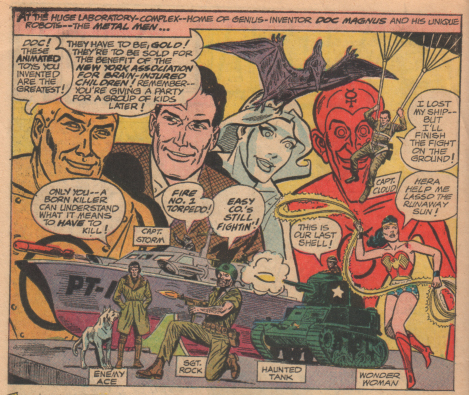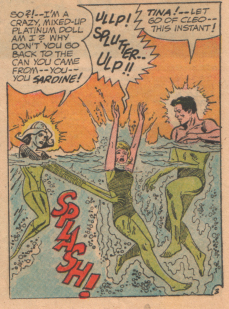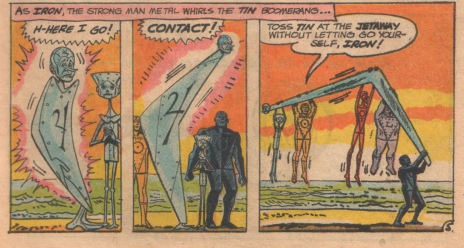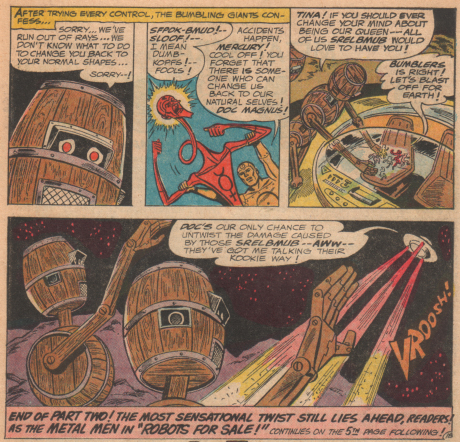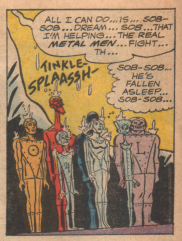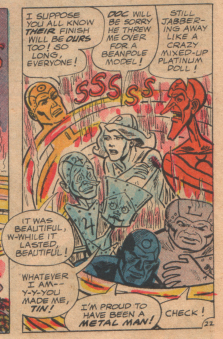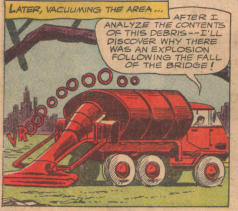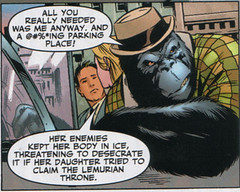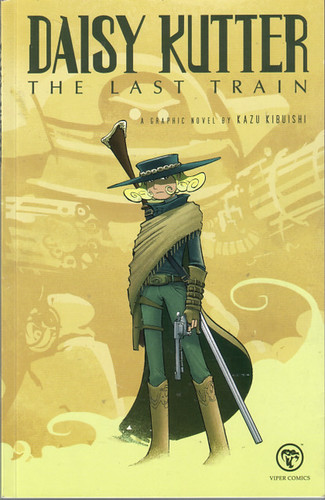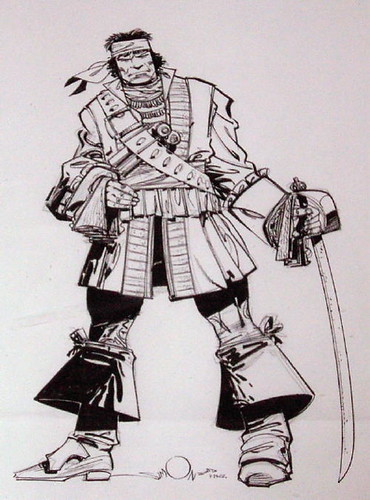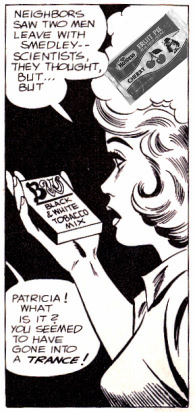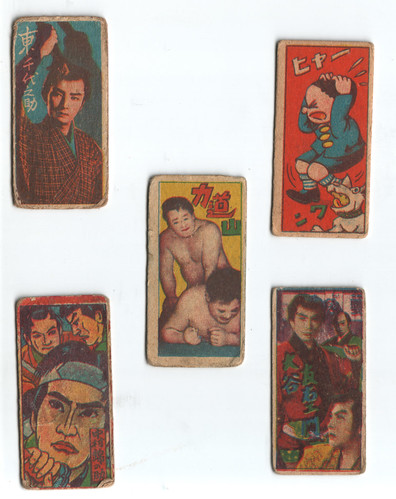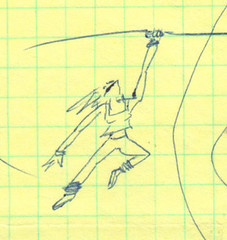Although - or perhaps because - I have had a ball participating in the comicsweblogosphere (as Mike Sterling would have it), the mission of this site has drifted a bit in a year. I have become less concerned with reviewing just the contents of that actually-exists shortbox full of memories, and have gotten more involved with newer comics and graphic books than I have been in a while. I don't expect to be giving that up, but I'll try to dip into the old gems a bit more frequently.
Mostly I am enjoying being part of a community of people who have impressed me with their generosity of spirit and their material generosity, as well as their enthusiasm and talent. I enjoy reading, sharing, remembering, and reflecting with all of you. While this community has had its share of conflict and snark, overall I have found it a very pleasant place to linger. Thanks to all of you out there for helping me keep the fun in a lifelong hobby.
Happy New Year!
:::::::::::::::::::::::::::::::::::::::::::::::::::::::::::::::::::::::::::::::::::::::::::::::::
The Fortress Keeper has (once again) delivered a fine essay that sums up how if feel about certain issues in comics. The Keeper uses The Ray as clear example of how modern comics differ from the gold and silver days in the treatment of superhero characters. The retconning of Happy Terrill's "ballooning accident" into part of a government conspiracy is typical of the grim-n-grittifying of superhero comics. And I'm sorry, but I just don't see it working. Superheroes are inherently a least little silly and require a lot of suspension of disbelief to work at all. When they do work, they can deliver gripping adventure, human interest, and even morality tales; but mix them with "real world" drama, and the result often seems to me like what I imagine watching Wiley Coyote kill and eat the Roadrunner in a naturalistic manner would be like. It's cognitive dissonance.
Birds of Prey appears to have this flaw. I jumped on at issue 100, because I heard a Spy Smasher was coming back. The story in #100 and #101 concerns Lady Blackhawk, Big Barda, Judomaster, Huntress, and Manhunter infiltrating a Mexican prison to free a mobster's daughter in return for his testimony. With very little rewriting, the story could have been a straight action-adventure script, no superheroes required: there's the attorney getting inside, the fake fight for a distraction, the taking over the guard tower, the explosions in the parking lot for further distraction, and so on. All the fireworks are set in a world of corrupt officials, ruthless government agents, and cynical deal-making.
And in the middle of all of it, we get this:

Is it just me, or does the whole changing-into-costume bit seem a bit out-of-place? Do we really need superheroes to take on crooked corrections officers? This seems more like a Mission: Impossible episode than anything else. I could practically hear the crash as the two idioms smashed into each other.
I dunno. It was great fun watching the Birds go through their paces. Zinda is a hoot, and it was cool to see Barda take on a fighter jet. But the juxtaposition of that kind of action with the nasty agent stuff just doesn't gel.
Oh, and this set me off, too:
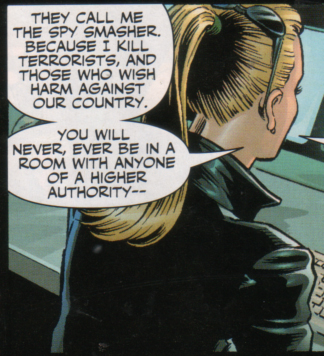
Spy is not equal to terrorist.
In the real world, spies are professionals for the most part, usually regular combatants, and there exists international law regarding their treatment. In fiction as well as fact, spies are the focus of some ripping yarns. Nathan Hale was a spy. Mata Hari was a spy. Moe Berg was a spy. George Smiley was a spy. Spies and spying can serve as useful devices in adventure stories.
Terrorists are not spies. Terror is an awful and problematic feature of contemporary geopolitics, and does not lend itself well to simple action tales, particularly those featuring superheroics.
So why don't they call Katarina Terrorist-Smasher?
:::::::::::::::::::::::::::::::::::::::::::::::::::::::::::::::::::::::::::::::::::::::::::::::::
So as not to leave this milestone post on a complaining note, I want to spin off this quote from the Fortress of Fortitude post I mentioned at the start:
Back in the day, “Happy” Terrill was simply a good-hearted guy who attained crazy powers in a ballooning accident.I had forgotten this aspect of The Ray's origin, and I was so tickled by the idea of a ballooning accident (BA) as a plot device, that I(’Cuz that happened a lot back then … )
Commissioner Gordon's son Tony used a BA as a way to fake his death so he could spy on/in Red China. (I am Batgirl's Brother; scroll down about halfway).
A BA is the fulcrum on which the plot of Ian McEwan's novel Enduring Love (and the Daniel Craig movie that was based on it) swings.
A Harvard alum chose a BA as his fake death, this time to avoid solicitation of donations, when the university mistakenly thought him deceased. (Death by Junk Mail; scoll down to July 11, 2003).
Apparently, one of the characters on the television show Lost is on the island because of a BA (Re: Will the 'Others' get angry now?, scroll down to 02-16-2006, 07:20 PM).
The hero of this mystery novel is almost killed in a BA.
Coe College offers a science class that investigates the mystery of an alchemist's BA. (FS-110-18 STEALTH SCIENCE , about halfway down).
And finally, an Air Force pilot injured in a BA may be the source of the first "live alien" sighting. (Injured Air Force Pilot, the very last entry).
Huh, maybe it's time for another name-change to the blog...
